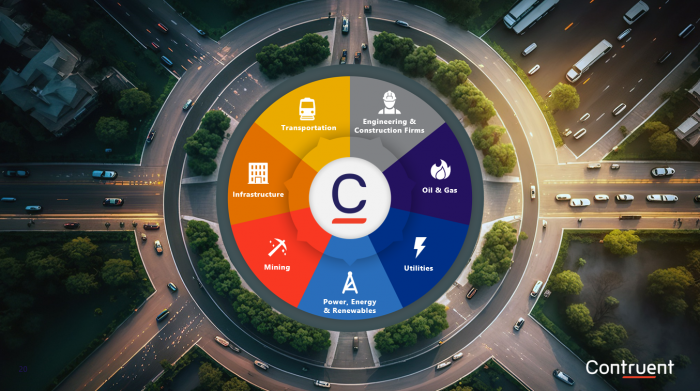Hi Mr. Stephen Devaux, Mr. Rafael Davila and Mr. Mike Testro
I read the “Critical path Quiz” posted on the PP on Wed, 2011-07-20 16:05 by Mr. Stephen Devaux. It was really a valuable discussion for new planners like me. I saved that in (copy past) in MS Word and studying that and calculated manually and that was correct. The term “DRAG” is new for me and a bit confused with it or maybe I misunderstood that. I believe you can guide me batter if I tell you a bit about me, I am (partially) involved in planning with Electrical and instrumentation back ground since 1998 using MS Excel (In Pakistan), learned MS Project in 2002 (Pakistan), Primavera in 2004 (Saudi Arabia), but worked as a full fagged planning engineer in 2009 in Dubai UAE where I made plans for three commercial towers of 3B + G + 3P + 20 typical floors including MEP and also done delay analysis for one of them, prepared an EOT claim of 150 days and got that approved by the client, and now I am working as Sr. planning engineer in Qatar. It’s quite true if I say that I have just 3 years of experience in project planning. Now;
- If DRAG of an activity is the amount of time by which it shares the total duration of the project, then, in the quiz, the DRAG of the critical path is 95 and the duration of the project is 160, what else contributing the remaining 65 units of time.
- Again, If DRAG of an activity is the amount of time by which it shares the total duration of the project; does this mean that we cannot or not logical to crash the schedule by less than the DRAG (of the baseline program)?
- Is that always necessary to calculate DRAG before proceeding to a crash?
- What if we need a crash of more than the DRAG?
- What about the financial impact? Shall we ignore the LD and cost of Delay Penalty and proceed with schedule crashing?
- How can I calculate the DRAG cost?
- I am using Primavera (P6v7), how can I calculate the DRAG when I have a couple of thousands activities (10614 to be very accurate) in my program (not prepared by me)?
- How can I (or my PM) do batter with the project if I (or PM) know the DRAG of the schedule (what is benefit of knowing the DRAG)?
May these questions be silly for you, but sir, that would a great favor if you award some of your time to me. You can use my personal email tanveeraniazi@yahoo.comif you like.
Thanks and Cheers
Tanveer






Replies